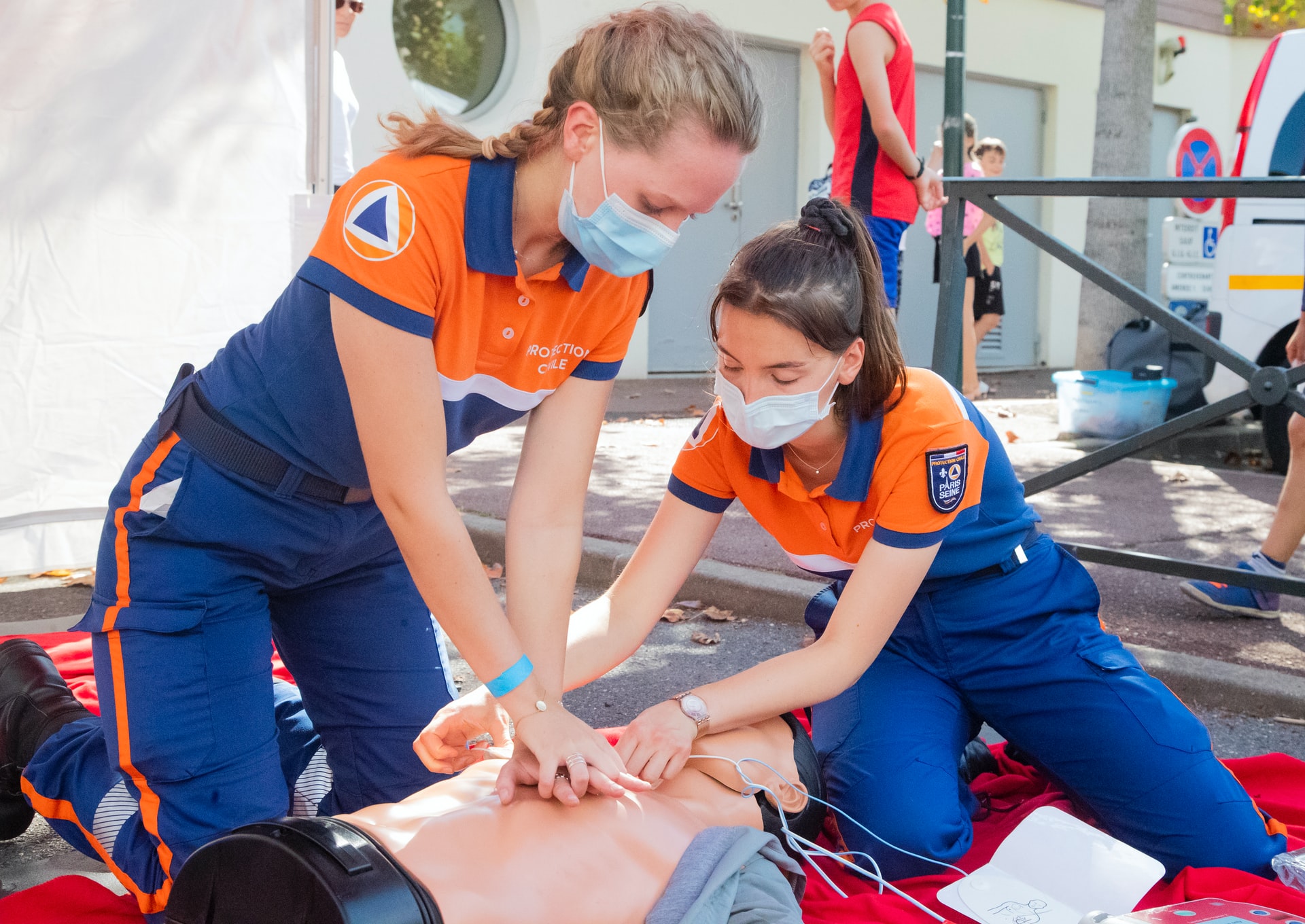Media release
From:
New research being presented at the annual meeting of the European Society of Anaesthesiology and Intensive Care (ESAIC) in Milan, Italy (4-6 June), shows it is practical to learn how to do mouth-to-mouth resuscitation while wearing a face mask to reduce the risk of COVID-19 transmission.
Mouth-to-mouth ventilation, in which the rescuer presses their mouth against the patient’s mouth and blows air into their lungs, is an integral part of basic life support for both adults and children. Along with chest compressions, it forms cardiopulmonary resuscitation (CPR).
At the start of the COVID-19 pandemic, CPR training in the Czech Republic and elsewhere was limited to either tuition in chest compressions alone (hands-only CPR) or schooling in bag-mask ventilation, due to concern about infection. In this, the rescuer uses a manual resuscitator (a hand-held self-inflating bag), rather than their mouth to blow air into the patient’s lungs.
This ensures that professionals, such as medical workers and firefighters, receive sufficient training. However, lay rescuers do not have access to resuscitation equipment when doing CPR and still need to learn the mouth-to-mouth method.
Medical students may also normally be taught mouth-to-mouth resuscitation for use in out-of-hospital emergencies.
To try to address the gap in training, Dr Vaclav Vafek, of the Department of Simulation Medicine, Faculty of Medicine, Masaryk University, Brno, Czech Republic, and colleagues, studied whether it is possible to give mouth-to-mouth while wearing a breathable face mask.
The mask used was a reusable FFP2 three-layer nanofibre self-sterilising respirator.
In the crossover study in May 2021, 104 medical students performed mouth-to-mouth ventilation while wearing the respirator for two minutes on each of three manikins (two adult manikins, Adult BLS manikin and Resusci Anne, and one child manikin, Resusci Baby).
Trained observers evaulated each rescue breath. More than 90% of the breaths into the mouth of each manikin were judged effective, meaning they led to the manikin’s chest rising. (Adult BLS mannekin, 96.9% or 951/981 breaths, Resusci Anne, 90.7% or 822/906 breaths, Resusci Baby, 95.7% or 1,777/18.57 breaths).
The researchers also used an app to measure the volume of air breathed into the Resusci Anne and Resusci Baby manikins.
The volume was optimal (400-600ml for Resusci Anne and 30-50ml for Resusci Baby) in 33% of the Resusci Anne rescue breaths and 44% of the Resusci Baby rescue breaths.
28.9%/15.9% (Resusci Anne/Resusci Baby) of the breaths were below optimal in volume and 28.8%/35.8% were above optimal in volume.
The researchers conclude: “Mouth-to-mouth ventilation through a breathable respirator was effective more than 90% of the time, enabling its use in high quality basic life support training during the pandemic.”
Dr Vafek adds: “We have since successfully used respirators in first aid exercises in our medicine and dentistry undergraduate programmes.
“We cannot predict how serious the pandemic will be in the autumn and what the COVID-19 measures will be like then. Using this technique however, we will be able to continue to provide vital training in mouth-to-mouth resuscitation.”



 International
International


